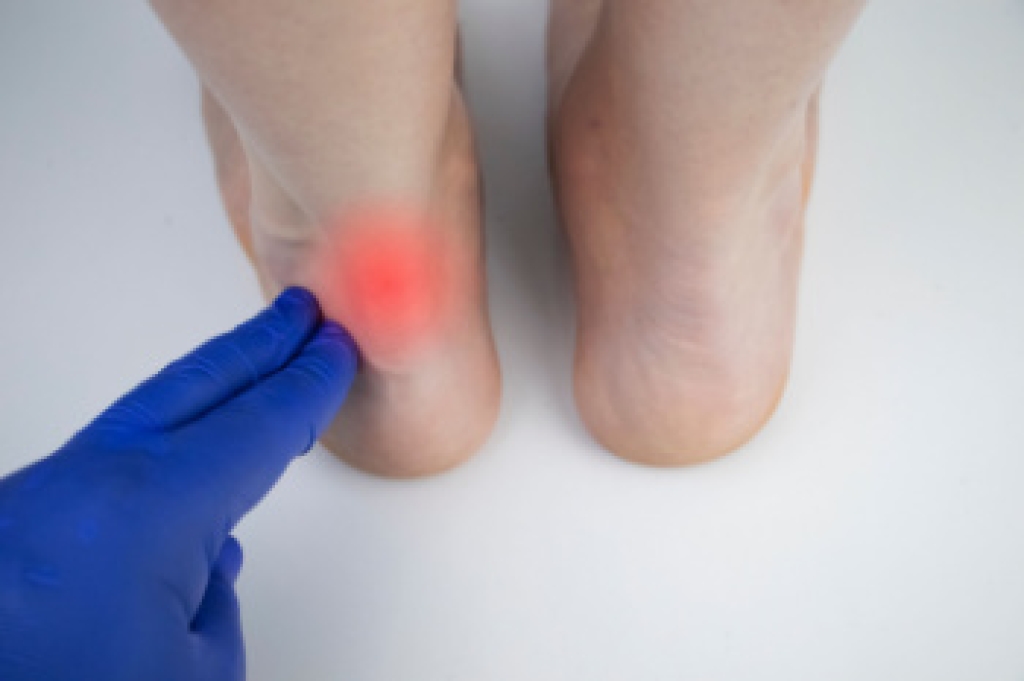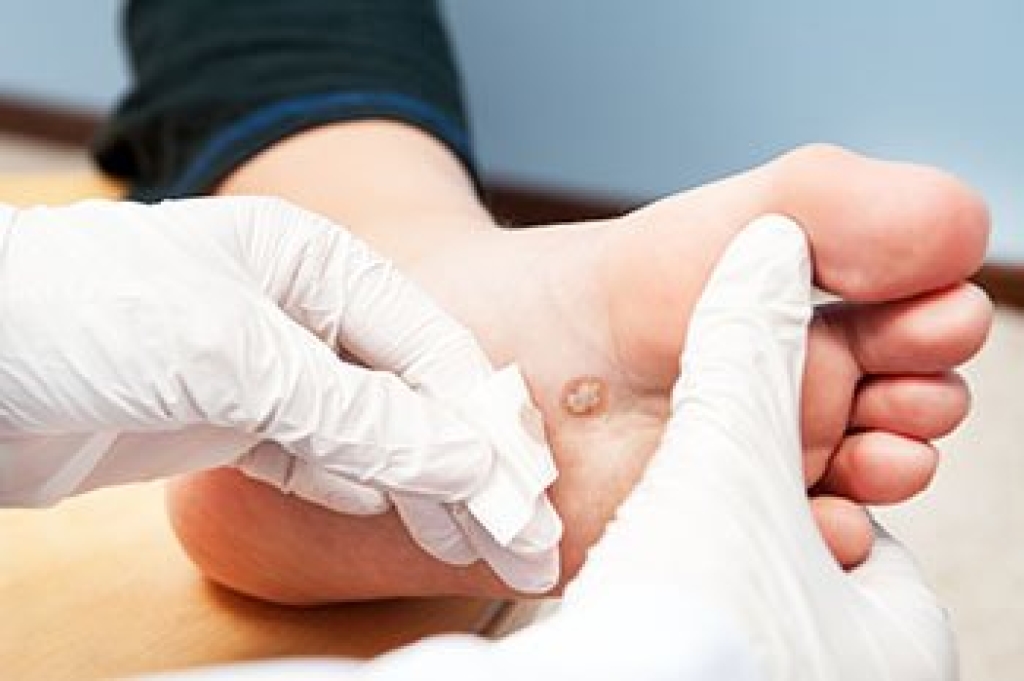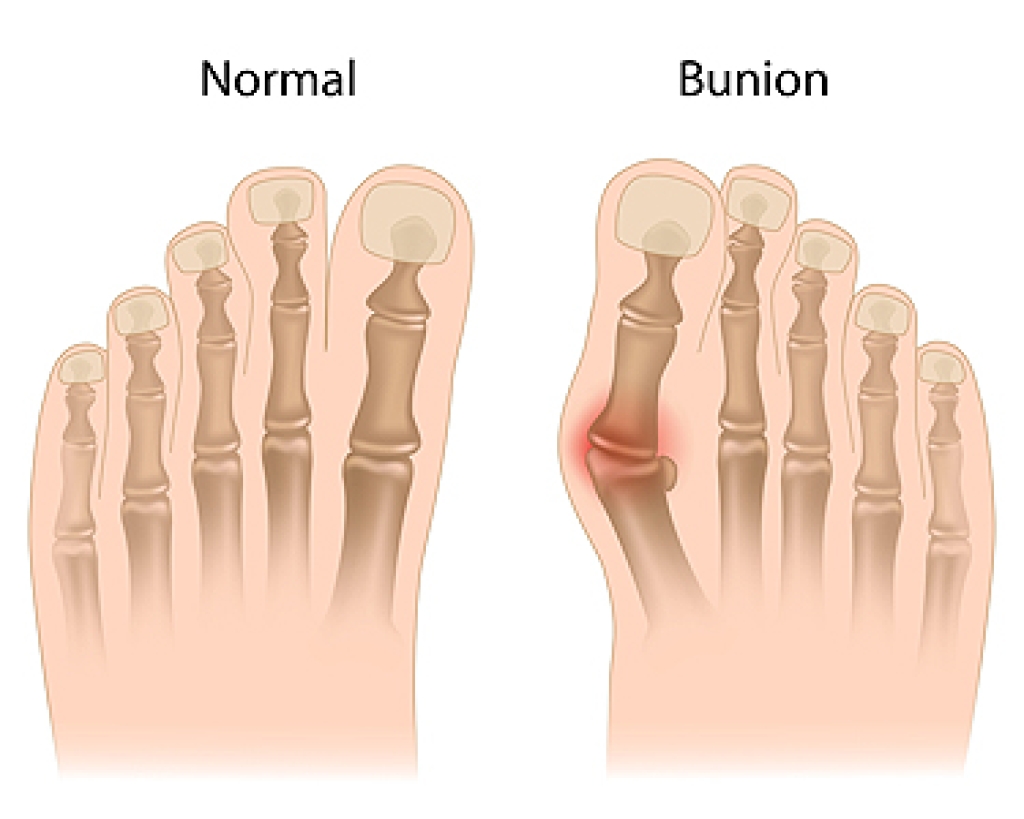
Pain in the ball of the foot, also known as metatarsalgia, can result from underlying issues like arthritis and hammertoe. Arthritis causes inflammation in the joints of the foot, leading to stiffness, swelling, and aching pain, especially during movement. Hammertoe, a deformity where a toe bends abnormally at the middle joint, can shift pressure to the ball of the foot and worsen pain. Symptoms may include burning, tingling, or a sharp, aching sensation in the ball of the foot. You may notice swelling, redness, or difficulty walking in regular shoes. High-impact activity, improper footwear, or foot structure abnormalities often contribute to this condition. A podiatrist can evaluate your foot with a physical exam and imaging. Treatment options include orthotics, footwear changes, and anti-inflammatory medications. Other options are padding, targeted exercises, and, in severe cases, surgical correction of deformities. If you have pain in the ball of your foot, it is suggested that you schedule an appointment with a podiatrist for appropriate treatment.
Foot Pain
Foot pain can be extremely painful and debilitating. If you have a foot pain, consult with Andrew Katz, DPM from Allcare Foothealth Center. Our doctor will assess your condition and provide you with quality foot and ankle treatment.
Causes
Foot pain is a very broad condition that could be caused by one or more ailments. The most common include:
- Bunions
- Hammertoes
- Plantar Fasciitis
- Bone Spurs
- Corns
- Tarsal Tunnel Syndrome
- Ingrown Toenails
- Arthritis (such as Gout, Rheumatoid, and Osteoarthritis)
- Flat Feet
- Injury (from stress fractures, broken toe, foot, ankle, Achilles tendon ruptures, and sprains)
- And more
Diagnosis
To figure out the cause of foot pain, podiatrists utilize several different methods. This can range from simple visual inspections and sensation tests to X-rays and MRI scans. Prior medical history, family medical history, and any recent physical traumatic events will all be taken into consideration for a proper diagnosis.
Treatment
Treatment depends upon the cause of the foot pain. Whether it is resting, staying off the foot, or having surgery; podiatrists have a number of treatment options available for foot pain.
If you have any questions, please feel free to contact our office located in Palmdale, CA . We offer the newest diagnostic and treatment technologies for all your foot care needs.




